Hawaii is quietly but unmistakably changing how visitors experience its natural treasures. Once open nearly every day of the year, more of the state’s most beloved places are adopting regular “rest days” or strict access limits.
From Hanauma Bay’s two-day weekly closure to timed reservations at Haena and Waianapanapa, the list of restrictions is growing. Now, another major Oahu attraction will soon lock its gates one day every week, a move framed as essential for preservation but one that raises questions about whether this is really needed or if visitors are slowly being pushed out.
We’ve had the same experience traveling elsewhere in Hawaii and across the Pacific. At the new Hanalei National Wildlife Refuge Overlook on Kauai, for example, we arrived in the afternoon only to find the gates closing at 3:30 and no bathrooms available. In French Polynesia, too, restaurants may not be open every day, and even some beaches close before sunset.
Experiences like these leave you reworking plans on the fly and feeling caught off guard. Hawaii’s move toward weekly rest days could create that same kind of uncertainty for visitors here.
Hawaii visitor boom is pushing nature to the brink.
In 2015, fewer than 200,000 people visited this 400-acre preserve on Windward Oahu. By 2024, that number had soared past 720,000, up more than 270 percent in less than a decade. The preserve was initially designed to accommodate 600,000 annual visitors, but these limits are now consistently surpassed.
The impact is visible everywhere: cracked roads, eroded trails, overrun bathrooms, and stressed facilities. More alarming are invasive species like the coconut rhinoceros beetle, which has already killed over 100 palms. Staff say native loulu palms are at real risk without the time and resources to fight infestations.
The trend is not unique. Hanauma Bay once welcomed more than three million visitors annually, only to shut down two days each week to help its reef recover. As we reported in Hanauma Bay – With Fewer Visitors And Higher Fees, those closures revitalized marine life but also made access harder than ever.


What to know before you go.
Hoomaluhia Botanical Garden covers 400 acres in Kaneohe on Windward Oahu. It’s open daily from 9:00 a.m. to 4:00 p.m., with free admission for both residents and visitors. The grounds feature a 32-acre lake, where catch-and-release fishing is allowed with a permit. Three campgrounds feature 28 total sites, plus space for activities like drawing, painting, and guided nature walks. Camping requires reservations and fees, but general entry remains without charge.
How weekly closures will change your Hawaii trip.
City officials plan to shut the gates one day a week starting in 2026. The public is being asked to pick whether Tuesday or Thursday will be the designated day. Officials say the pause will let staff prune trees, repave walkways, clean restrooms, and spray for beetles without disruption.
For visitors, though, the change will be felt in very real ways. Families planning a picnic could find the gates locked. Photographers waiting for that once-in-a-lifetime sunrise may be turned away. Tour buses will have to reroute and reschedule.
For some, the closure will seem like a small price to protect Hawaii’s beauty. For others, it is one more barrier stacked on top of fees, reservations, and restricted hours. A longtime visitor told us after being shut out of Hanauma Bay, “I used to go every week. Now it feels like visitors are being pushed out.” That same frustration could easily grow as weekly closures spread across Hawaii.
Preservation or exclusion? The debate over Hawaii’s closures.
Supporters of weekly rest days argue they are about malama aina, caring for the land. Without pauses, invasive beetles, heavy traffic, and crumbling infrastructure only accelerate. Allowing nature to breathe, they say, is the only way to guarantee future generations see the same beauty visitors enjoy today.
Critics counter that closures are the easy way out. They mask deeper problems, such as thin staffing and chronic underfunding. Honolulu’s entire botanical garden system runs on just $1.4 million a year, and half of that goes to security. That leaves little for the basic repairs and improvements travelers expect.
Readers on Beat of Hawaii have been blunt about these issues. In Maui Visitors Are Quietly Saying It: We’re Not Coming Back, one commenter wrote, “We planned our entire trip around a beach day only to find it closed. It feels like Hawaii doesn’t want us there.” That frustration shows how even well-intended closures can end up eroding the very visitor experience Hawaii depends on.
Weekly closures spread across Hawaii’s most loved places.
Hoomaluhia is only the latest in a long line of Hawaii attractions tightening access. Hanauma Bay’s closure days are now permanent. Haena State Park demands advance reservations. Waianapanapa has capped entry to shield its fragile coastline.
We reported on this shift in New Hawaii Fees Starting In 2026 | The Price Of Paradise?, where readers voiced alarm not only about rising costs but about the creeping sense that Hawaii vacations are becoming more complicated and less welcoming.
Every new closure feeds some visitors’ perception that Hawaii is shutting the door a little more each year. For residents, restrictions can feel like overdue relief. For visitors, they increasingly appear to be barriers to the aloha spirit that once defined a trip here.
The emotional stakes for visitors.
For many, visiting Hawaii is about rituals and traditions: returning to the same beach year after year, bringing children to see waterfalls, or walking a favorite trail. Closures disrupt those traditions. Arriving at a locked gate, especially after planning a day around it, leaves travelers feeling unwelcome.
This emotional undercurrent fuels many of the comments we’ve seen in recent years. That raw sentiment, while not universal, shows just how deeply closures are reshaping the visitor experience
What Hawaii’s next round of closures could mean for you.
The public survey on which day to close runs through October 8. Officials say the decision will take effect in 2026, with either Tuesday or Thursday chosen as the rest day. What remains unclear is whether this will become a model for other parks and gardens across Hawaii or remain a one-off experiment.
One thing is certain: Hawaii’s approach to tourism is shifting. The era of open gates and unlimited access is over. Visitors now face a new reality of rest days, timed reservations, and mounting fees.
What do you think? Would weekly closures improve your Hawaii experience, or do they feel like one more barrier standing between you and the islands?
Photo Credit: Image courtesy City and County of Honolulu.
Get Breaking Hawaii Travel News
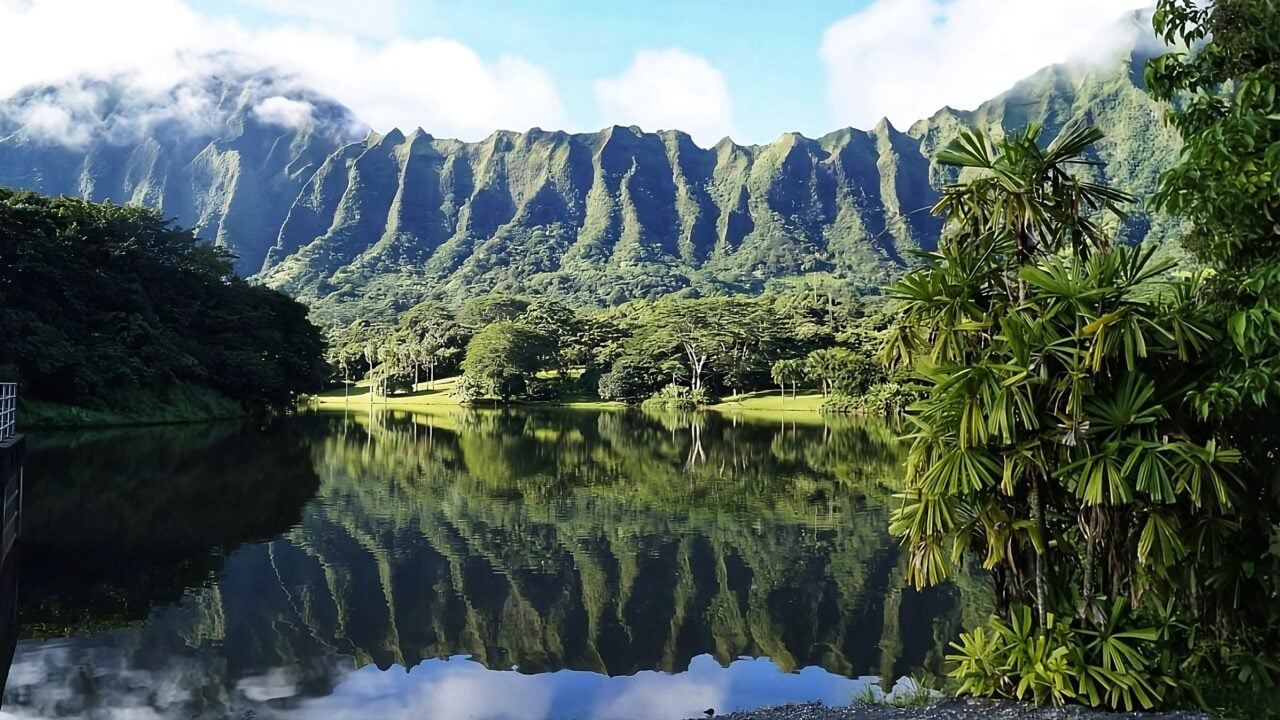
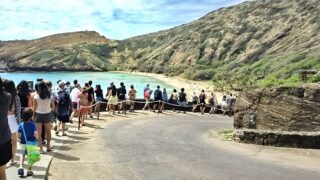
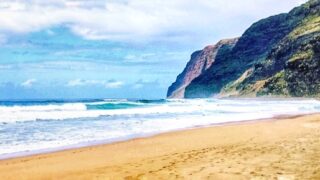
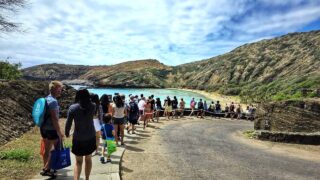
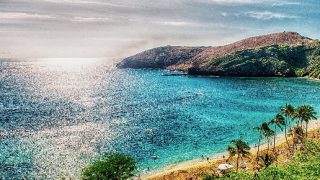
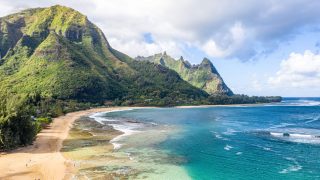
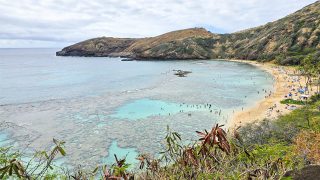
Hawaii just cut to the chase. Just close the HNL airport and other major airports and offer only flights to locals needing inter island travel. If you don’t have any attractions open for tourist’s then what is the point of going to Hawaii? Sorry I don’t want to stay the whole time in a hotel, shop just to spend money, or get severly burned at the beach because there is nothing else to do.
Close access. Too many people are destroying our natural beauty which is why the tourists come. Limiting access and requiring permits and fees will only make it more desirable. Protect The Aina!!!
Closing the tourist locations is a great idea. It would be best if the locations were all closed to tourists five days a week and allow Hawaii residents free admission on those five days.
Tourists can visit on two days a week.
Mother Nature needs to be nurtured. Let her rest a bit. Everyone reasonable should understand. People will just have to plan a little in advance. One possible idea could be for all/most these sites to somehow coordinate different days of closure, so that there is at least “somewhere to go” at any given time. Just a thought, if it resonates.
We’ve been going to Kauai for 30 years. We remember the unbelievable crowding at Ke’e Beach, and the inability to park there. We also felt the crowds at the Kilauea Lighthouse, when we tried to view the lovely scenery. We are Totally supportive of the requirement to get passes at both places. Since we live in PA, we have to get up at 6 AM in order to get a pass for Ke’e but so
what ? It’s worth it, to have crowd control.
My recommendation is to get organized before you go, get the required passes, and let everyone enjoy the beauty but not the crowds. Everyone can be cooperative and no one should be “entitled”.
I have put money down on a once in a life time trip for my family. When I read these comments I wish I had not. Sounds like a money grab and they don’t care if we actually enjoy our stay.
Next time it’s Florida for us.
It would be helpful if the famous parks, sites, gardens. etc Punlish newly changed and reduced hours
This isn’t surprising. It’s happening all over the world. We went all the way to Greece to visit an archaeological site and found it closed during posted open hours. We made the best of it, and still have good memories of the trip, because we didn’t feel *entitled* to a good experience. It’s all about expectations.
If a destination needs to rest in order to stay in good condition, then the obvious correct choice is to close it so it can recover. If it is allowed to deteriorate to the point where it’s not the same, then advertising it as being what it once was is disingenuous.
Hawaii is IMO getting to be a book, reserve, schedule type of destination. Who likes to rest or relax when everything is now like a time frame doctors appointment. Next will Hawaii demand everyone to book a table at their fast food chain restaurant or not get a table. The big problem is what day’s can I go where and half the places not be closed. IMO too big of a hassle.
I feel the day or two of rest is a good thing. As listed in the article, there must be things that need to be done that can’t be done efficiently with high numbers of visitors moving around the venue. Having said that, I hope for transparency. Regular closures or limited accesses need to be posted online in very visible understandable ways. Sometimes we hear about closures, limited access, and/or parking charges by word of mouth. We then check on line to learn more. From now on, we’ll check on line before leaving home. Prevent surprised locked gates etc.
I agree the closures are a gift to preserve the environment. They are not about excluding anybody glass half full?
For travelers visiting in any of these areas, all we need to do is go online and see what days and what hours the site is open. Traveling takes study and research anyway…
The idea of considering this as an exclusion is not a healthy one. The reason being we have to keep the sites healthy so that people can enjoy them. If the sites don’t have some space to regenerate and the Parks aren’t able to manage, then they won’t do anybody any good anyway! It’s about time that we took some responsibility for balancing out, enjoying these places and giving the places the time they need to regenerate.
Aloha Rob+Jeff I think it’s a great idea to close the park for even 2 consecutive days. Workers can accomplish more that way, working on sections of the park at a time instead of piecemeal areas. And how does security deserve that much money? No wonder the staff is short. Can’t they get anything properly vetted over there? The council members are making too much in salary for what they are Not getting done.